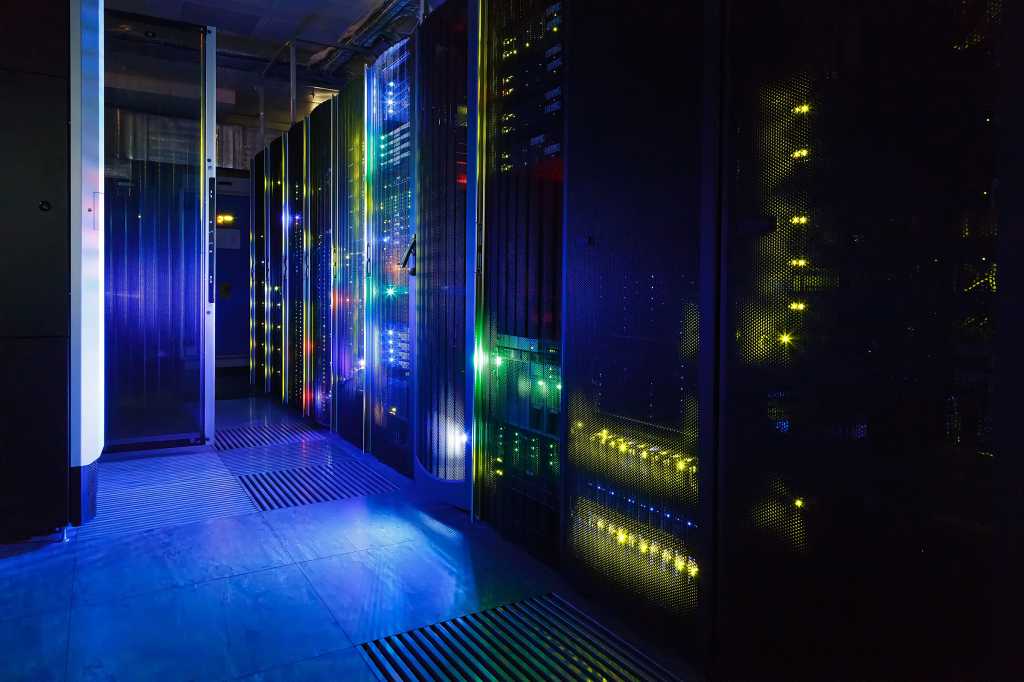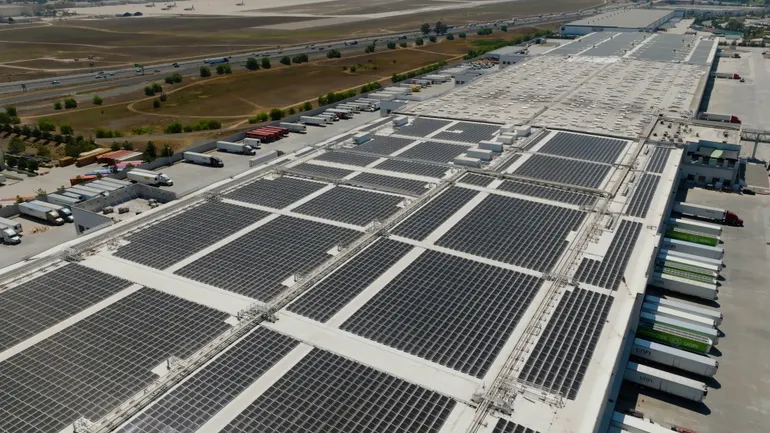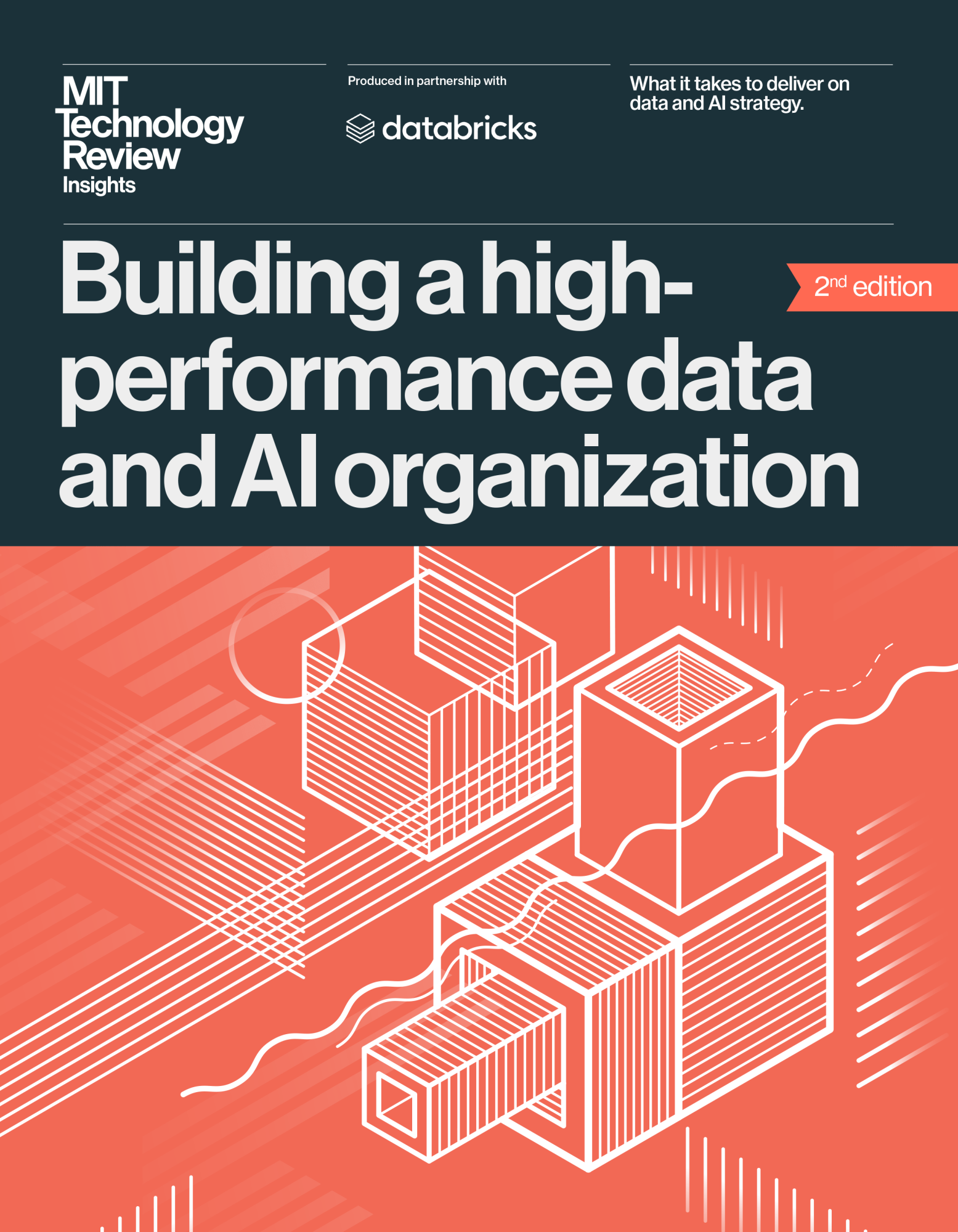
After a hot start to the year, U.S. upstream mergers and acquisitions slid into a slump in the third quarter, with deal value dropping to $9.7 billion, marking the third straight quarterly decline.
That’s what Enverus Intelligence Research (EIR), a subsidiary of Enverus, said in a statement sent to Rigzone recently, adding that “persistently low crude prices have kept many buyers on the bench, particularly for oil-weighted private equity-backed oil and gas exits that fueled much of the activity in the recent past”.
A table included in the statement highlighted that the top five U.S. upstream deals of the third quarter comprised a deal between Crescent Energy and Vital Energy for $3.049 billion, a deal between Stone Ridge Holdings and ConocoPhillips for $1.3 billion, a deal between Mach Natural Resources and IKAV for $787 million, a deal between California Resources and Berry Corp for $717 million, and a deal between Diversified Energy and Canvas Energy for $550 million.
Andrew Dittmar, principal analyst at EIR, noted in the statement that “crude prices in the mid-$60s or worse have made it tough for sellers” and said “most remaining shale M&A opportunities need stronger pricing to justify public companies paying for the undeveloped locations”.
Only about 1,800 shale locations held by private equity can deliver a 10 percent return at $50 per barrel West Texas Intermediate, according to Dittmar, who added that 6,700 require higher prices to hit that benchmark.
“Many firms are holding off on exits, anticipating a more favorable market in 2027 or later,” he noted.
EIR went on to highlight in the statement that the quarter “wasn’t a complete shutout”.
“SMID-cap corporate combinations and gas-weighted deals provided some action,” EIR said.
“Notable transactions include Crescent Energy’s (CRGY) acquisition of Vital Energy (VTLE) for more than $3 billion in stock and assumed debt and Berry Petroleum’s (BRY) $717 million sale to California Resources Corporation (CRC),” it added.
“These all-equity combinations accounted for 40 percent of the quarter’s total value; each struck at sub-20 percent premiums setting the tone for future SMID-cap matchups,” it continued.
Dittmar said in the statement that “consolidation among SMID-cap companies is becoming the obvious strategic path forward in U.S. oil and gas M&A as high-quality inventory from private sellers becomes scarce and challenging for these companies to buy given their low trading multiples”.
“Stock-for-stock swaps should be easier to negotiate in a weak crude environment compared to cash deals, and we expect more low-premium, equity-based deals,” he added.
Dittmar pointed out, however, that companies will need to scout for prospects with overlapping in-basin operations.
“Investor scrutiny on the value created by deals remains high, with a particularly skeptical eye cast towards to deals lacking clear operational synergies,” he warned.
The EIR statement noted that natural gas assets emerged as a bright spot in the third quarter of this year.
“Buyers remain constructive on the commodity as liquified natural gas (LNG) exports and ramping datacenter power demand fuel expectations for higher prices,” EIR said.
“That includes increasingly seeking out secondary sources of gas supply. That search provided a tailwind for Anadarko Basin dealmaking, with transactions in the region making up 20 percent of total quarterly deal value,” it added.
“A diverse set of buyers including TotalEnergies, Stone Ridge Energy and Diversified Energy all recently pursued acquisitions in the basin drawn by its ability to supply significant gas volumes in addition to liquids,” EIR continued.
Dittmar went on to state that natural gas is gaining momentum heading into the fourth quarter of this year and 2026.
“Interest is broad-based, including international firms and private capital actively pursuing opportunities,” he said.
“Elevated asset prices in the Haynesville, driven in large part by demand from Asia-based buyers seeking LNG-linked gas exposure, are prompting others to explore alternative regions. Recent activity targeted the Anadarko basin, but the Rockies may be ready to step up to the plate,” Dittmar added.
EIR went on to note in the statement that, “as U.S. shale continues towards its latter innings, the focus for some players is shifting towards optimizing mature assets and extending production life, which also factors into M&A markets”.
“Late-life asset specialist Diversified Energy (DEC), which acquired Canvas Energy in 3Q25 after buying Maverick Natural Resources earlier in the year, is an active buyer of late-life assets with market support for its strategy,” it said.
“The company is joined by resurgent upstream MLPs TXO Partners (TXO) and Mach Natural Resources (MNR). Mach made two notable acquisitions in the quarter expanding its operations into the San Juan Basin and Central Basin Platform,” it continued.
“Presidio Petroleum will be a new public company pursing this strategy once it completes its SPAC merger with EQV Ventures. Large shale operators traditionally focused on drilling new inventory are also exploring redevelopment opportunities, both within existing assets and as part of potential acquisitions,” EIR said.
EIR noted in the statement that existing private equity portfolio companies seem to be sitting tight until oil prices improve but added that a new wave of capital is actively scouting for opportunities.
“With major shale plays and core inventory largely locked up by big public operators, these teams are adjusting their strategy by looking to secondary basins, deeper intervals in the always dynamic Permian, and even exploring international options such as Canada,” it said.
Dittmar noted that “private equity teams looking to deploy capital may be disappointed at the lack of asset sales by public companies”.
“We are seeing some regional exits, like ConocoPhillips (COP) selling its Anadarko Basin assets,” he added.
“However, for the most part, these firms are likely to keep their operated shale inventory and instead turn to non-operated interests or even non-E&P assets, if they have them, to accelerate debt reduction,” he continued.
EIR went on to warn in the statement that upstream M&A may stay in a slump as low oil prices keep private sellers in the dugout but added that SMID-cap consolidation and natural gas deal flow could still deliver extra innings for U.S. oil and gas mergers.
“However, these conditions may also motivate further public company consolidation, particularly among SMID-cap E&Ps,” EIR said.
“Strong demand for natural gas, driven by LNG exports and power generation, should support continued deal flow in gas-weighted assets,” it added.
“Insights from Enverus’ Investor Analytics, which analyzed management commentary from recent earnings calls, revealed companies were already signaling caution on deal valuations and limited opportunities – a trend likely to persist into 2026 and shape strategies for consolidation and targeted acquisitions,” EIR warned.
Dittmar went on to state that “the market is adapting to lower oil” and said EIR expects “strategic consolidation and targeted acquisitions to keep M&A activity moving forward”.
In a statement sent to Rigzone back in July, EIR said upstream M&A decelerated in the second quarter of 2025, with value falling 21 percent quarter over quarter to $13.5 billion.
“That is the second lowest quarterly deal value since the start of 2024 and placed 1H25 M&A value at $30.5 billion, a 60 percent drop compared to the first half of 2024,” EIR said in that statement.
“Value was heavily driven by just two large transactions – EOG’s purchase of Encino Acquisition Partners in the Utica and Viper Energy Partners rare public mineral merger with Sitio Royalties,” it added.
“Combined, these two transactions accounted for over 75 percent of second quarter deal value,” it continued.
In that statement, EIR said “the lack of breadth in deal markets was reflected in the count of transactions over $100 million with just eight deals topping that benchmark, a tie for the lowest total since 2020”.
Dittmar warned in that statement that “volatility in commodity and equity markets raised a major yellow flag for M&A, slowing the pace of dealmaking”.
“That added an additional barrier to a market that was already challenged by the lack of remaining attractive opportunities for public E&Ps, especially in the Perman Basin,” he said.
“The engine of M&A over the last few years has sputtered and stalled, given there are just a few remaining targets and, outside the rare opportunity like APA’s deal with Permian Resources, it is not a region public companies are likely to pick for non-core asset sales,” Dittmar went on to state.
EIR publishes energy-sector research focused on the oil, natural gas, power and renewable industries, the company highlighted in its latest statement, adding that it publishes reports including asset and company valuations, resource assessments, technical evaluations and macro-economic forecasts and that it “helps make intelligent connections for energy industry participants, service companies and capital providers worldwide”.
Enverus describes itself in the statement as “the most trusted, energy-dedicated SaaS company, with a platform built to create value from generative AI, offering real-time access to analytics, insights and benchmark cost and revenue data sourced from our partnerships to 95 percent of U.S. energy producers, and more than 40,000 suppliers”.
To contact the author, email [email protected]






















